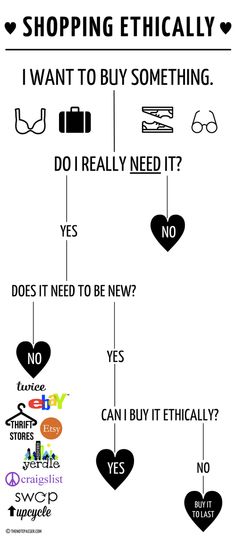Grow Greener with 25 Plastic Free Swaps
For plastic free July this year I want to make sure I’m keeping up with my past changes and adding some new ones. I wanted to hold myself accountable and what better way to do that than show you all my #growinggreener plans for the month! Instead of doing something everyday I’ve come up with 25 plastic free changes for the month and I’d love it if you guys joined me. If you try out any of these swaps please let me know by commenting below and using the hashtag #growinggreener and tagging me @GrowingGreenGirl on instagram.
1. Use a Water Bottle
We’re starting off easy with the most common plastic free swap. Making sure you remember to bring a resuable bottle with you is a great way to reduce plastic. My tap water is not the greatest so we had to get a brita filter but now I can drink all the tap water I want. I always remember to bring a bottle with me but I think what I need to start doing this year is bringing more than one if I know I’ll be out long. I’ve been out with an empty bottle and no way to refill it and that sucks.
2. Replace your Ziplock Bags
I’ve recently found some great deals on reusable plastic baggies. Now I know I’m replacing disposable plastic with reusable plastic but it still makes an impact. I could use jars and containers but I just love how light weight and easy baggies are. I have some thick silicon Stasher bags and some light weight Russbe bags but I’m not picky on the brand these ones were just on sale. I recommend searching at Winners for stasher bags they don’t have them often but I’ve found two there for half price.
3. Buy Better
When shopping for things like beans, sauces, tomato paste, pesto, really any food, I try and buy the option in the best container. Most of us don’t have access to all of these things in bulk so try and buy things in glass jars instead of plastic, or cans instead of plastic. This way you can reuse the jar or recycle the can. Metal and glass can be recycled forever but plastic has a limited amount of recycles so avoid it when you can.
4. Use Resuable Bags
Another easy one! Swap out plastic bags at all stores with a resuable one. I know most people do this at the grocery store, but try and do it every where. I found when I’m shopping at other stores (like clothing stores) I get some confused looks for not wanting a bag but we need to avoid them at more than the grocery store.
5. Use Resuable Produce Bags
To go one step further from the last tip try and replace all your plastic bags. I buy food at bulk stores with resuable cotton produce bags and I have some mesh (see through) bags for buying fruit and veggies at the grocery store. I recomend leaving the bag open even if it is see through because I find most of the time they open it up to check what it is anyways, and if you leave it open it speads things up.
6. Stop Sucking
Another easy tip is to stop using plastic straws if you can. Try replacing them with stainless steal, reusable plastic or silicon straws, paper straws, bamboo ones or glass. I use stanless steal, plastic and paper straws. I try and keep one in my purse all the times but really you don’t need a straw for most drinks. My city has a straw free initive right now so most resturants won’t give you a straw unless you ask and most have paper straws which is super cool.
7. Switch to Bar Soap
Not to plug my own company but I do make zerowaste plastic free soap. But you don’t need to buy from me! I just really recomend bar soap to everyone. I love it! It’s all I use for my body, face and hand soap.
8. Buy as Big as You Can
This one is more of a reducing than eliminating plastic. I don’t have bulk access to dish soap (and I haven’t perfected my own recipe yet) so I have a resuable small soap pump and I refill it from a giant soap I bought. I found the largest dish soap I could buy and honestly it’s probably the same size that bulk stores use. You can do the same with buying giant things of rice, flour and other foods. If you buy it in a giant bag it really is the same as what the bulk stores buy it in.
9. Bring your Reusable Coffee Cup
A lot fo people do this and most stores give you a discount (Starbucks is 10 cents off) so it’s a pretty easy one to do. What I need to do to step this up is to also do it for my iced coffee. I always have a coffee cup on me but I don’t have a tumbler with a straw on me. So that’s my new goal for this July.
10. No More Sponges
This is one I never really thought of. You just don’t think about sponges being made of plastic but they are and they are disposible. I still have some but I am already replacing them with dish cloths, knit “sponges”, and scrubbing brushes made of wood.
11. Buy Loose Veggies
This one has two meanings. When shopping for produce if you forget your bags you can just buy it loose. I never bring enough bags with me so I always end up buying some of my veggies loose. Just make sure when you give them to the cashier you keep all of the same things together to make it easier for them. Also when shopping at grocery stores or farmers makets pick veggies that are package free. At the market I’ll return a bag if they already have it in one, but at the grocery store I’ll just choose the plastic free option
12. Buy Local or Make Your Own Bread
I love fresh bread and it is made even better by being plastic free. You can make your own fresh bread, or shop somewhere local. My farmers maret has an amazing booth called Hard Winter that has the best bread and bagels. They sell it in a paper bag but have no problem with me putting it in my own reusable bag instead.
13. Swap your Deodorant
You can make your own but honeslty I’m not a fan of any of the recipies I’ve tried. I’ve found a plastic free brand with the cutest little jars that I like alot. These can be expensive so I try and stock up when it’s on sale.
14. Swap your Tooth Paste
This is another one where I’ve found the DIY is not my thing, but I know losts of people love they’re home made tooth paste or powder. I like the one from Lush but I’ve also tried other brands. They all work about the same for me.
15. Reuse Your Jars
Instead of buying new jars or containers just resue the jars you already have. I save jars from peanut butter, tomato sauce, pickels, really anything. They are great for using to buy things in bulk or for storing things you’ve made at home.
16. Bring Your Own Cutlery
This is one I’ve been trying to remember to do. When I go out and I know they’ll be plastic cutlery I try and bring my own. I keep a set of wooden cutlery in one of my resuable plastic baggies but I was just using normal metal cutlery before. You don’t need a fancy kit just use the ones you already have in your kitchen.
17. DIY Cleaning Products
I love making a cleaning spray out of vineger. It is so easy to do just add equal parts water and vineger. I’ll use orange peels to make a scented vineger or just add some essential oils to it. You can also clean with baking soda.
18. Reuse the Plastic you Have
Don’t go crazy with being plastic free and toss all the plastic items you have. It kinda defeats the purpose. Keep your plastic tuperwhere until it dies, reuse plastic baggies over and over. Make sure you get the most life out of the plastic you have before you toss it.
19. Swap Your Tooth Brush and Floss
This is another swap that is pretty popular. I use a bamboo toothbrush with plastic bristles but I think you can get them with better bristles now. I compost the handle when I’m done with it. I found a silk floss in a glass jar that you can buy refills for and now the company makes floss out of plant materials so my next refill will be a vegan one.
20. Make Your Own Milk
Making your own plant based milk is so easy and saves you from using the tetra packs that store bought comes in. This is one I do in phases. Sometimes I always make my own and sometimes I always buy it. So my goal for this month is to stay on top of making it. I have a recipe for oat milk and nut milk on the blog.
21. Buy at a Bulk Store
If you have one near you take advantage of bulk stores or the bulk sections of stores. I’m lucky to have lots of options nearby. There is a bulk chang in Canada called Bulk Barn, and then I have two local stores called JoAnne’s Place and Country Cupboard. Also lots of grocery stores have bulk sections. If you feel to nervous to bring your own jar just reuse the bags they have at these stores.
22. Use Newspaper for a Garbage Bag
This will be a new one for me. I’m going to try and replace my small bathroom garbage with a DIY newspaper grabage bag. I’ll let you know how that goes.
23. Recycle the Plastic You Do Have
Going plastic free isn’t easy so when you end up with some new plastic in your life make sure you reuse, repurpose or recycle it.
24. Shop Second Hand
Buying things second hand prevents new plastic from being used and created. Buying clothing second hand is one you might not think of as being plastic free. Alot of clothing is made out of plastic and by buying used you aren’t contributing to the demand.
25. Switch to Plastic Free Beauty Products
This is one that can take a long time. I still have so many plastic beauty products I need to use up. But replacing items one at a time is so much easier than doing it all at once. Some of the easiest (and least expensive) ways to swap are with lip balms and hand creams. I find these have less of a price difference than eyeshadow or lip stick does. You can also try making your own products which is so much fun.
I hope this list gave you some good ideas. Let me know any other plastic free tips you have in the comments or on instagram (@GrowingGreenGirl).
Don’t forget if you’re trying out my Growing Greener Challenge to tag me.



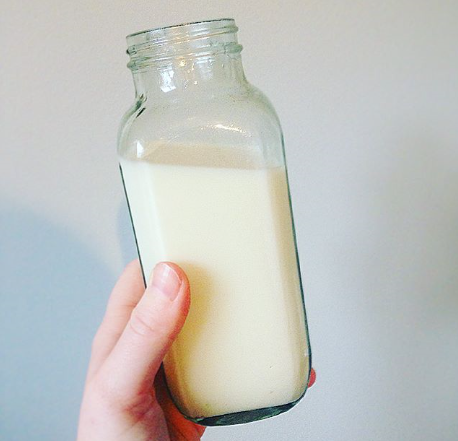

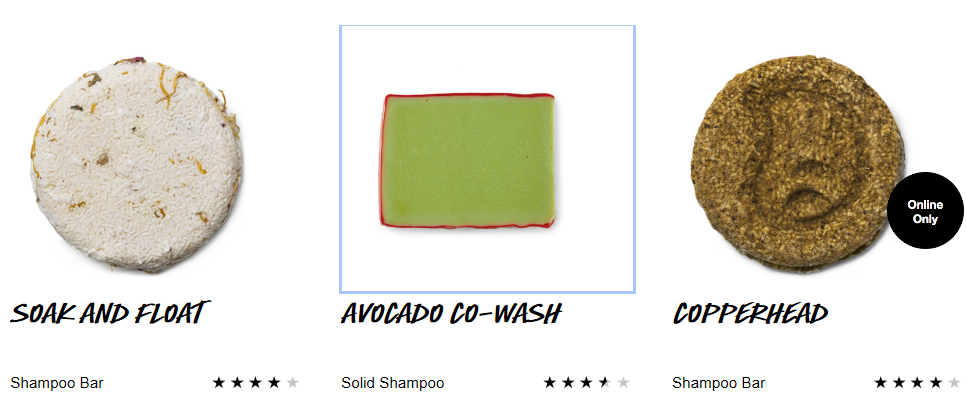
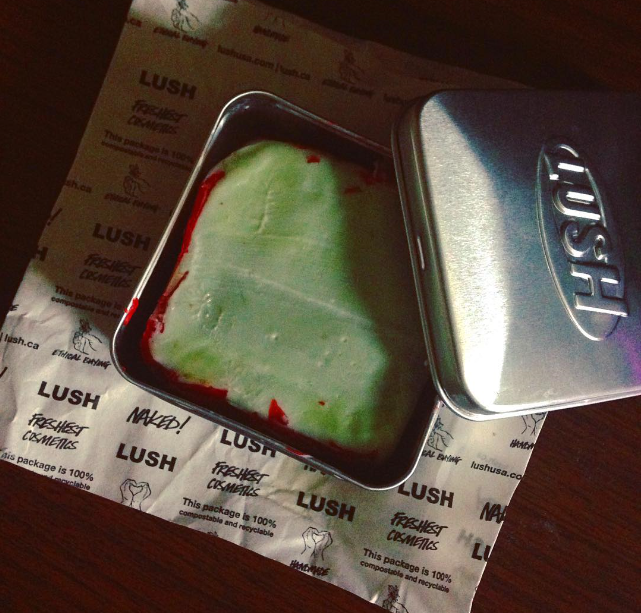

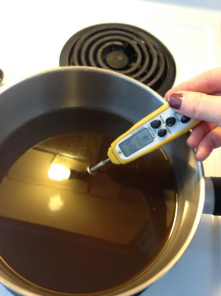




 Avoid paper filters for brewing your coffee. There are so many different ways to make coffee and most of them don’t use a paper filter. You can use a Bodum/French Press, a moka pot, an automatic coffee maker with a mesh filter, espresso machines, manual espresso makers, and so much more. They all change the flavor of the coffee (really only coffee snobs will notice most of it) and it can be fun to have different options every morning.
Avoid paper filters for brewing your coffee. There are so many different ways to make coffee and most of them don’t use a paper filter. You can use a Bodum/French Press, a moka pot, an automatic coffee maker with a mesh filter, espresso machines, manual espresso makers, and so much more. They all change the flavor of the coffee (really only coffee snobs will notice most of it) and it can be fun to have different options every morning. Paper towels are awful for the environment. So many of them get used every time you cook a meal or clean the kitchen. It’s just as easy to use a dish cloth and wash it. I just throw them in with my regular laundry. It’s super easy. You can buy them in any colour you like, made out of sustainable/organic materials, and you can even thrift them.
Paper towels are awful for the environment. So many of them get used every time you cook a meal or clean the kitchen. It’s just as easy to use a dish cloth and wash it. I just throw them in with my regular laundry. It’s super easy. You can buy them in any colour you like, made out of sustainable/organic materials, and you can even thrift them. On the left are two different ways to buy yeast, one in a glass jar with metal lid, and the other in paper packets. The packets aren’t recyclable, but the glass and metal lid are. You can also re-use the glass jar. In addition one packet has enough for one loaf of bread while one jar has enough for several.
On the left are two different ways to buy yeast, one in a glass jar with metal lid, and the other in paper packets. The packets aren’t recyclable, but the glass and metal lid are. You can also re-use the glass jar. In addition one packet has enough for one loaf of bread while one jar has enough for several. Some companies try and package as ethically as they can. There are no zero-waste breakfast options for me (I really wish I had a local zero-waste store) so I try and find the best option I can. Natures Path Organic makes cereal that I really like. They use eco-pac for their bags, and have no cardboard box. Without the cardboard box there are less trees being turned into paper, and the eco-pac is biodegradable. It also just tastes good.
Some companies try and package as ethically as they can. There are no zero-waste breakfast options for me (I really wish I had a local zero-waste store) so I try and find the best option I can. Natures Path Organic makes cereal that I really like. They use eco-pac for their bags, and have no cardboard box. Without the cardboard box there are less trees being turned into paper, and the eco-pac is biodegradable. It also just tastes good. Tea bags are not compostable. It’s best to switch to loose leaf tea. You can buy loose-leaf tea at bulk stores, David’s tea, and health food stores without packaging. If you can’t find it zero-waste than buy it in a metal or glass container. I have loose leaf tea from Twinnings and from For Teas Sake that is not zero-waste but come in metal tins that I plan on reusing after words.
Tea bags are not compostable. It’s best to switch to loose leaf tea. You can buy loose-leaf tea at bulk stores, David’s tea, and health food stores without packaging. If you can’t find it zero-waste than buy it in a metal or glass container. I have loose leaf tea from Twinnings and from For Teas Sake that is not zero-waste but come in metal tins that I plan on reusing after words. There are also a ton of different tea balls you can use. I have gotten so many as gifts. You can get them in nearly any shape and made out of nearly anything. Plastic isn’t best but if you buy one plastic thing to replace thousands (that’s really how much tea I drink) of tea bags it’s not a bad option.
There are also a ton of different tea balls you can use. I have gotten so many as gifts. You can get them in nearly any shape and made out of nearly anything. Plastic isn’t best but if you buy one plastic thing to replace thousands (that’s really how much tea I drink) of tea bags it’s not a bad option. When you store food properly you won’t end up wasting it. I prefer to store everything in glass jars because they are recyclable and reusable. I also didn’t pay for my jars. They are all old food jars that held nut butters, sauces, coconut oil, and juice. It’s much better to use what you have than go out and buy new jars.
When you store food properly you won’t end up wasting it. I prefer to store everything in glass jars because they are recyclable and reusable. I also didn’t pay for my jars. They are all old food jars that held nut butters, sauces, coconut oil, and juice. It’s much better to use what you have than go out and buy new jars. One way to reduce packaging is to make things yourself. This is really only good if you have the time. I like making home made bread but I don’t do it all the time. Baking is an easy way to reduce waste because breads, cookies, pies… almost always come in plastic bags.
One way to reduce packaging is to make things yourself. This is really only good if you have the time. I like making home made bread but I don’t do it all the time. Baking is an easy way to reduce waste because breads, cookies, pies… almost always come in plastic bags.
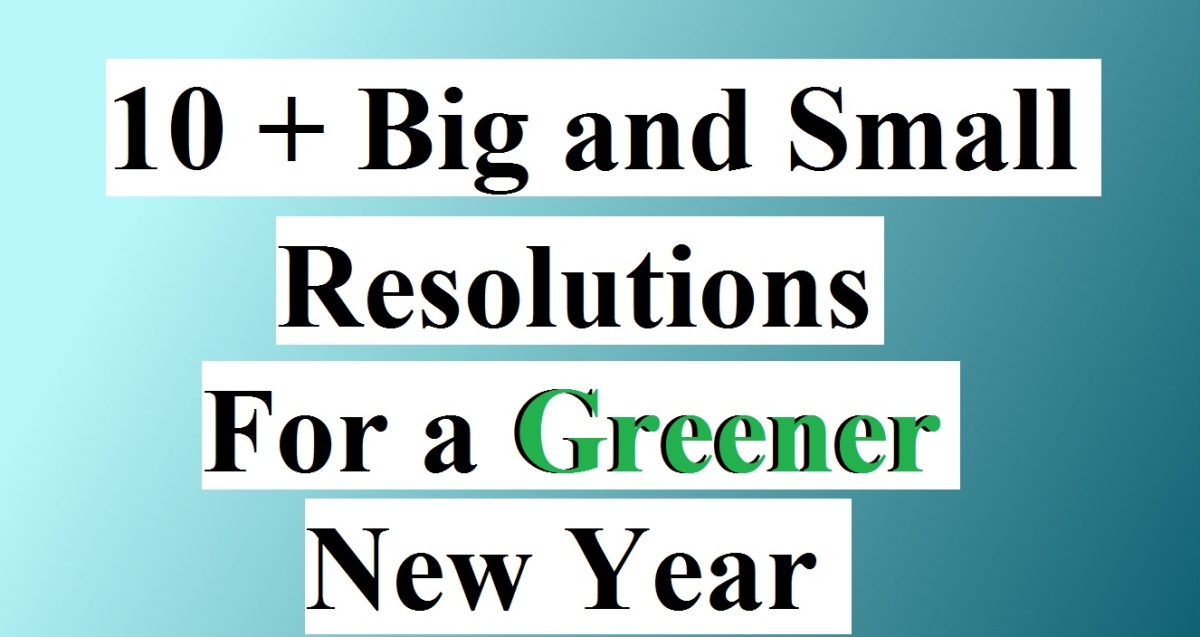
 Bring your own reusable bags everywhere. I always keep a small cotton bag in my purse, and a couple bigger bags in my car. I also plan ahead to bring a bunch with me when I go grocery shopping or shopping at the farmers market. Not only does this save you money (in most countries they charge 1-25 cents per bag) it’s also more fun and customizable. You can design your own, or just buy some with designs you like. I have bags covered in cactuses, or with logos from sustainable business I support, or from places I’ve traveled. Tote bags are my favourite souvenir.
Bring your own reusable bags everywhere. I always keep a small cotton bag in my purse, and a couple bigger bags in my car. I also plan ahead to bring a bunch with me when I go grocery shopping or shopping at the farmers market. Not only does this save you money (in most countries they charge 1-25 cents per bag) it’s also more fun and customizable. You can design your own, or just buy some with designs you like. I have bags covered in cactuses, or with logos from sustainable business I support, or from places I’ve traveled. Tote bags are my favourite souvenir. I just got a bunch of reusable produce bags for Christmas and I am excited to start using them. You can just use small canvas/tote/cotton bags, but I like these because they are made for produce. I prefer them to be see-through and light-weight so I have no problems at the cash register.
I just got a bunch of reusable produce bags for Christmas and I am excited to start using them. You can just use small canvas/tote/cotton bags, but I like these because they are made for produce. I prefer them to be see-through and light-weight so I have no problems at the cash register.